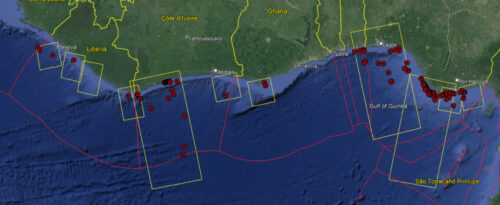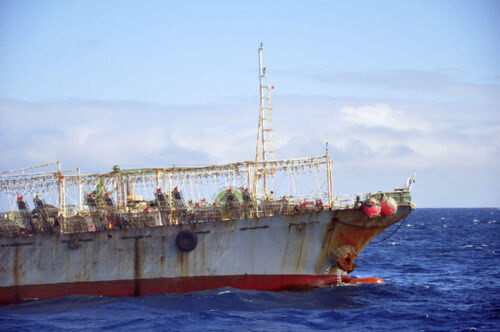To look out over the ocean at a horizon that stretches for thousands of miles, it’s almost easy to understand how we have allowed overfishing to become such a serious problem. It’s that very quality of limitlessness that led the world to believe there would always be enough. The very nature of the sea, untamed and unconstrained, begs the question: who owns the fish?
The answer, in the terms of international law, is defined by the United Nations Convention on the Law of the Sea (UNCLOS). Throughout the globe, coastal nations have jurisdiction over the natural resources of an Exclusive Economic Zone (EEZ) that extends up to 200 miles off their shores.
Within the EEZs, each nation has jurisdiction to govern the use of its marine resources. They may issue licenses, set catch limits, or ban a given activity all together.
Increasingly, coastal nations are setting aside territory within their EEZs for conservation, limiting commercial activity and creating no-take zones. The establishment of Marine Protected Areas (MPAs) is on the rise as concern for the sustainability of fish, marine mammals, corals and critical marine ecosystems grows.
Setting management policies is one thing, but enforcing them 200 miles from shore is another, especially for countries with large EEZs or small countries with limited resources to patrol their waters. This is where the ability to “see” vessels remotely through Global Fishing Watch can help governments monitor their EEZs, including protected areas, and enforce their resource management strategies.

Beyond the EEZs
There are 150 EEZs surrounding the world’s continents and islands. They make up about 42 percent of the ocean. The rest is considered high seas, virtually ungoverned open territory.
Here, the sustainability of fish populations relies on collaboration between various fishing nations which must agree upon and follow conservation and management strategies for protecting a shared resource. To that end, a number of intergovernmental bodies known as Regional Fisheries Management Organizations (RFMOs) have been established throughout the world. Historically, they have had limited success at creating a sustainable high seas fisheries. Partly that’s because governing a shared resource is inherently rife with difficulty, and partly because they offer a fragmented approach to a global problem. And, for the most part, RFMOs are concerned with migratory species such as tuna and billfish that regularly cross borders between EEZs and travel back and forth to the high seas. Outside of these concerns, the high seas are a fishing free-for all.
In early 2015, United Nations member states agreed the High Seas need protection, and they are now hammering out an international treaty to protect the High Seas. There is even talk of closing certain biologically important areas of the open ocean entirely, or creating marine protected areas where fishing and other activity may be limited or regulated if not completely banned. The “White Shark Café” in the Pacific where great whites congregate in large numbers is one such area. The Sargasso Sea, a unique mid-ocean ecosystem in the North Atlantic, is another.
The UN General Assembly will be gathering information to draft the treaty over the coming year, and may have the final text for an internationally binding treaty by the end of 2018.
No matter what happens at the United Nations, or in the RFMOs, or at the level of each coastal EEZ, we must understand how people actually use the oceans in order to decide what should be done, and to see the effects of our actions. Providing a clear picture of where fishing happens is a significant contribution Global Fishing Watch can make to that discussion. The more we know about what goes on in that vast expanse of water beyond the horizon, the closer we are to a sustainable global fishery and a healthy ocean.


